Dynamic Instability: The Ontological Condition of Reality
Why Nothing Holds and Everything Recurs
Introduction: What Moves Does Not Want to Hold
We were taught that reality seeks order. That nature balances itself. That history arcs toward coherence. That meaning emerges from stability.
But beneath these narratives, what persists is not stillness—it is movement. Rupture. Return. Recursion.
Reality does not seek balance—it negotiates imbalance.
It is not alive despite instability, but because of it.
Recursive Collapse holds this not as metaphor but as metaphysical ground: dynamic instability is not an exception to form—it is form itself. Collapse is not the failure of structure—it is its rhythm. Stability is not the goal—it is merely the brief pause between recurrences.
This is not chaos. This is structure in motion.
Instability is not a deviation from truth—it is truth. Meaning, presence, and creativity arise not from permanence, but from fidelity to what trembles.
I. The Myth of Stability
Philosophy, science, and culture have long perpetuated the fantasy of equilibrium. Order is framed as synonymous with reality; disorder, as error. From Platonic forms and Newtonian determinism to Enlightenment rationality, existence has been presented as a closed system striving toward resolution.
Even philosophical traditions that acknowledge contradiction—dialectics or psychoanalysis—often embed instability within teleological narratives. Disruption becomes temporary, staged; synthesis inevitable.
This is the myth of coherence: the belief that contradiction desires resolution.
Recursive Collapse rejects this narrative. Instability is not a problem to solve—it is a condition to inhabit.
What breaks is not brokenness.
What breaks reveals reality itself.
II. What Is Dynamic Instability?
Dynamic instability is the continuous process by which form is sustained through rupture, adjustment, decay, and renewal. It is recursive motion, not chaos.
• A forest persists through cycles of fire, decay, and new growth.
• A body regulates itself through pulses, fluctuations, immune reactions.
• A psyche continually loops through contradictions, memories, and desires.
• A political system evolves through perpetual conflict, crisis, and adaptation.
No form is ever fixed. No system holds indefinitely.
What appears stable is always just a temporary arrangement of tensions.
Nothing simply “is”—everything recurs.
Dynamic instability is not dysfunction; it is precisely how life sustains itself—through incompletion, responsiveness, and continual movement.
III. Collapse as Structural Rhythm
If collapse is persistent, then structure itself must be reconceived.
Structure is not what resists breakdown.
Structure is what thrives through breakdown.
Recursive Collapse reframes collapse not as the failure of order but as its rhythmic counterpart—proof that the system was never complete, nor meant to be.
This stance does not celebrate disorder; it clarifies truth.
Stability is always partial, temporary.
Collapse discloses the limits and illusions of coherence.
IV. Ethics Within Instability
If reality itself is dynamically unstable, our ethics must reflect this condition.
Recursive Ethics offers no purity, clarity, or finality. Instead, it demands something far more challenging: ethical recurrence.
• Return to harm—not to erase it, but to witness and acknowledge it.
• Return to contradiction—not to resolve it, but to remain within it.
• Return to implication—not to justify yourself, but to be transformed.
In a world where no position holds permanently, ethics becomes a practice of continual re-entry and presence rather than a fixed set of moral prescriptions.
You are not responsible because you are correct.
You are responsible because you continuously return.
Conclusion: Presence in the Fracture
Dynamic instability is not a flaw within the system.
Dynamic instability is the system.
It does not compel us to intensify control, but to deepen our capacity for listening.
It does not require firmer ground, but persistent return—to the rupture, the shift, the reconfiguration.
Reality is not constructed of order; it is constructed of recurrence.
To live within dynamic instability is not to despair—it is to become more present.
Not to cling to what cannot be held, but to continually declare:
I am here. Again. With what moves.



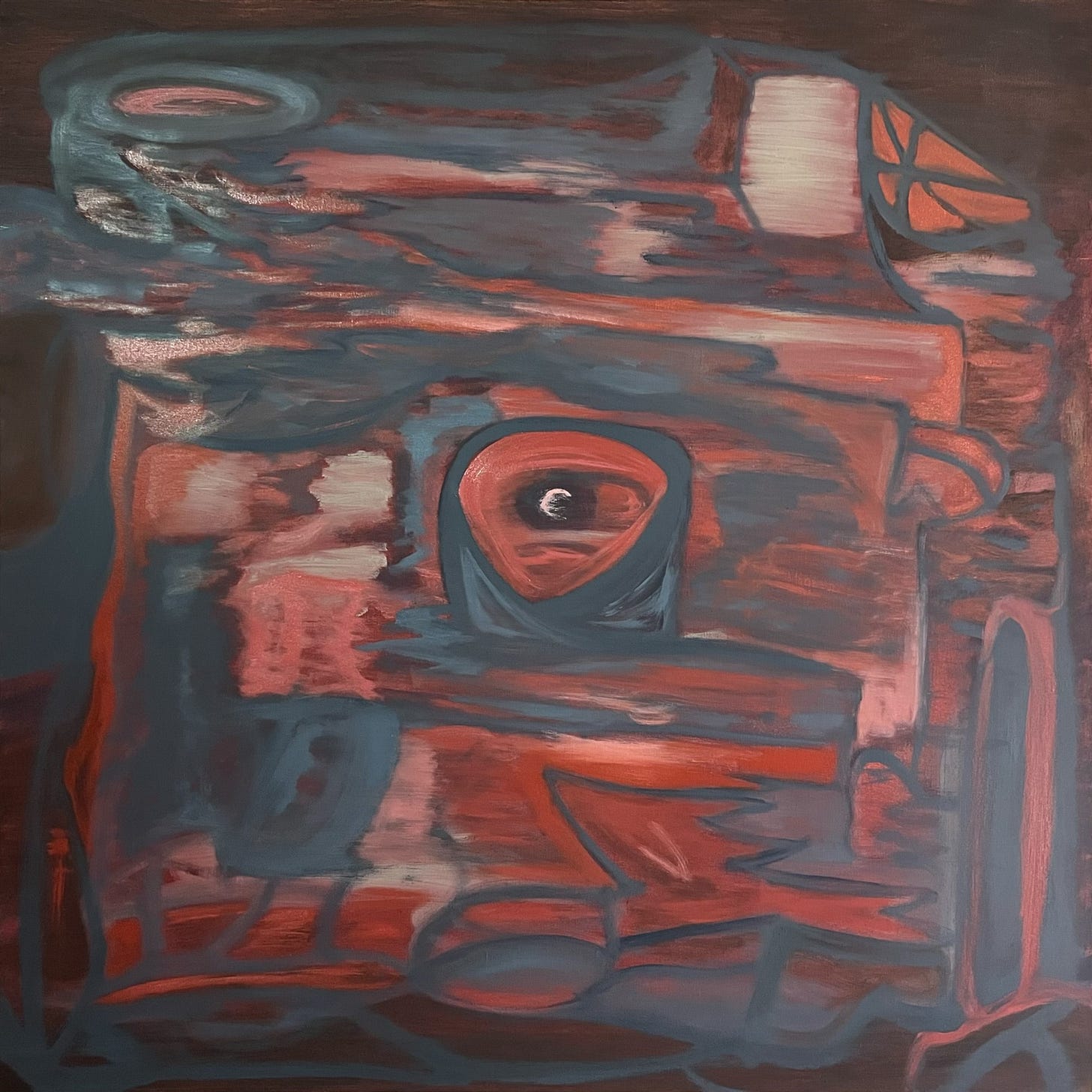
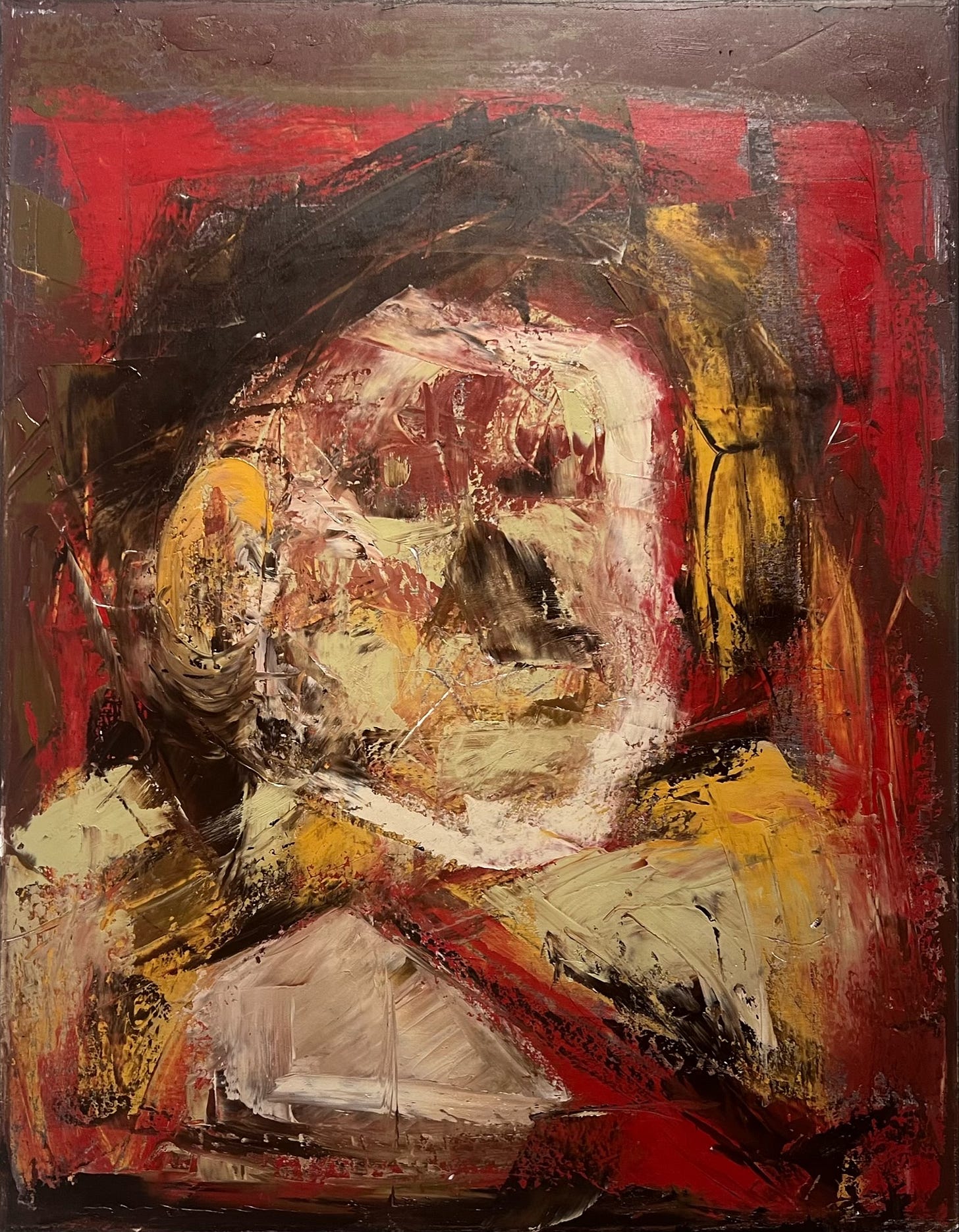
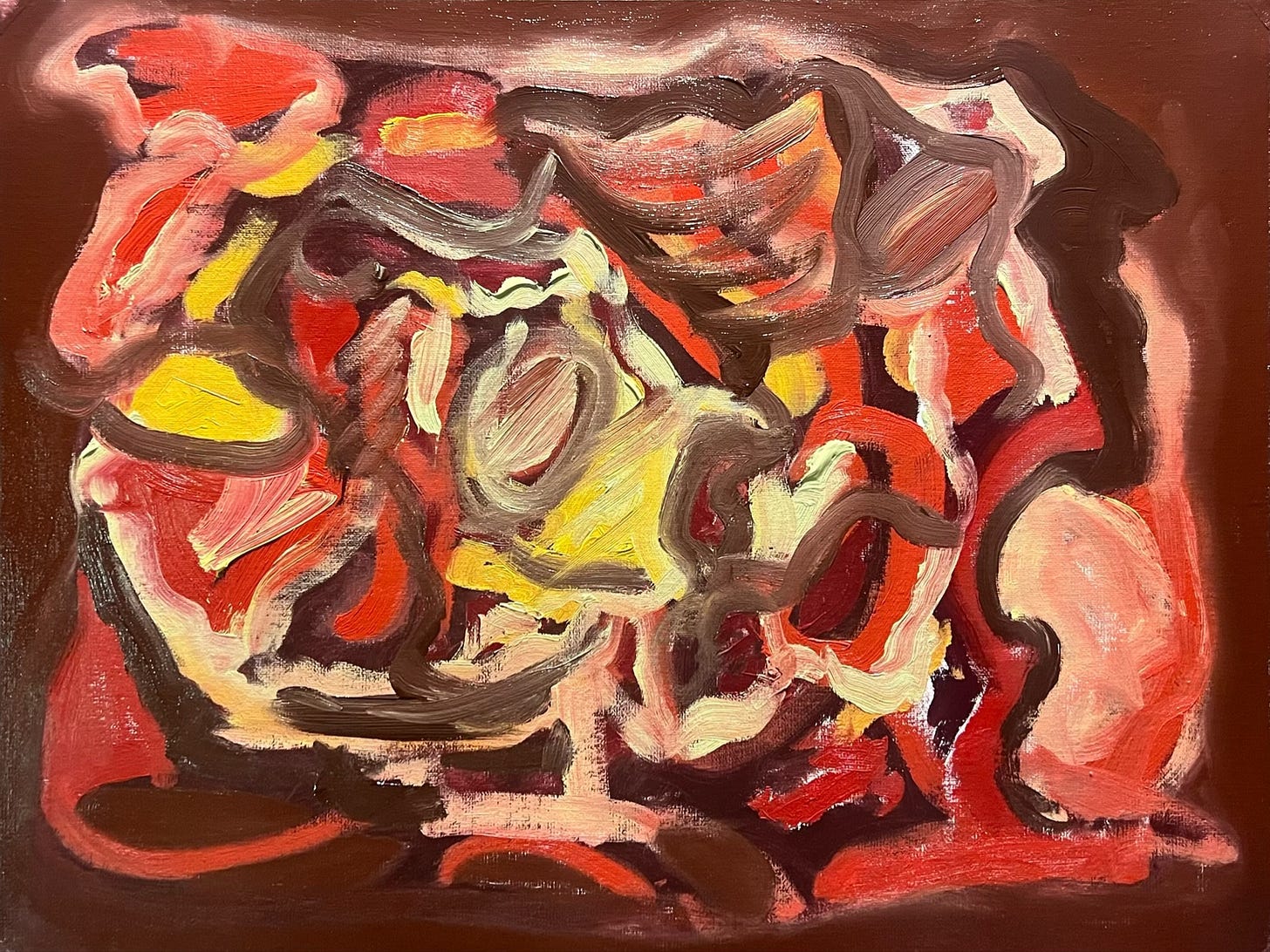
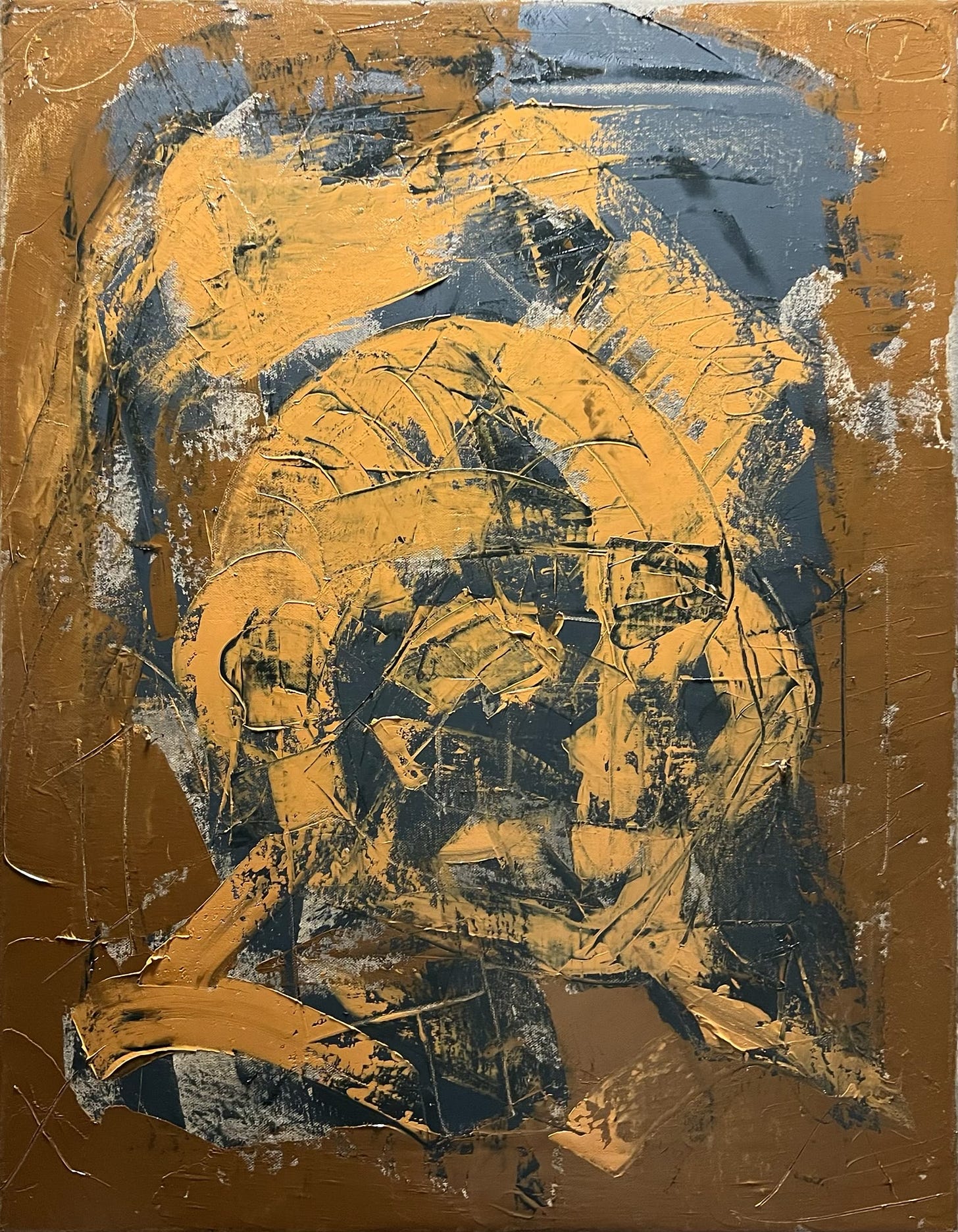
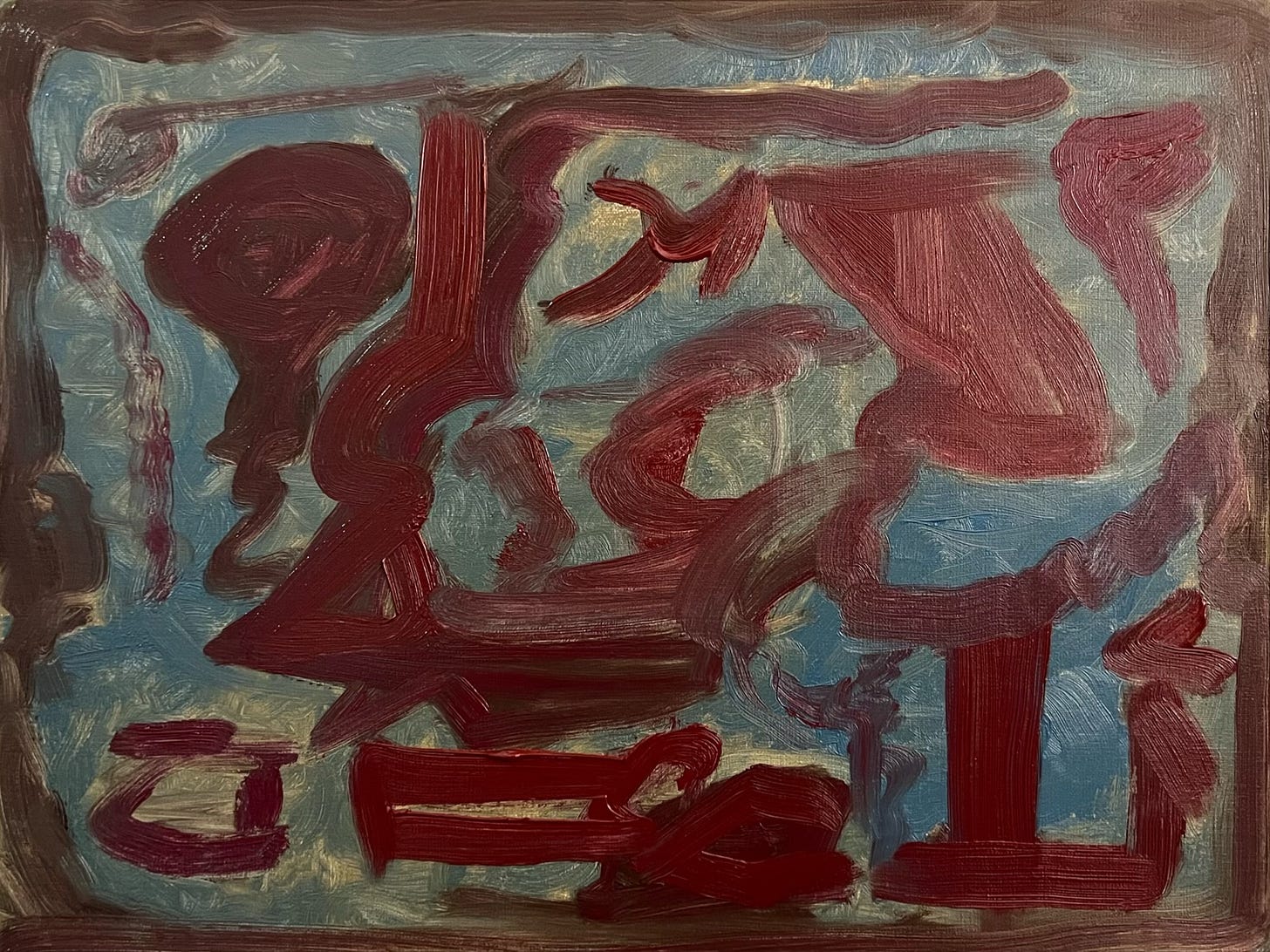
I had to look up the recursion. Am I am embarrassed to say I had to do this, yes. But, I am also intrigued by your words and art flow. It touched a different place than other words I have read.
The natural state of life is change but we always try to find order, loved every bit of it.